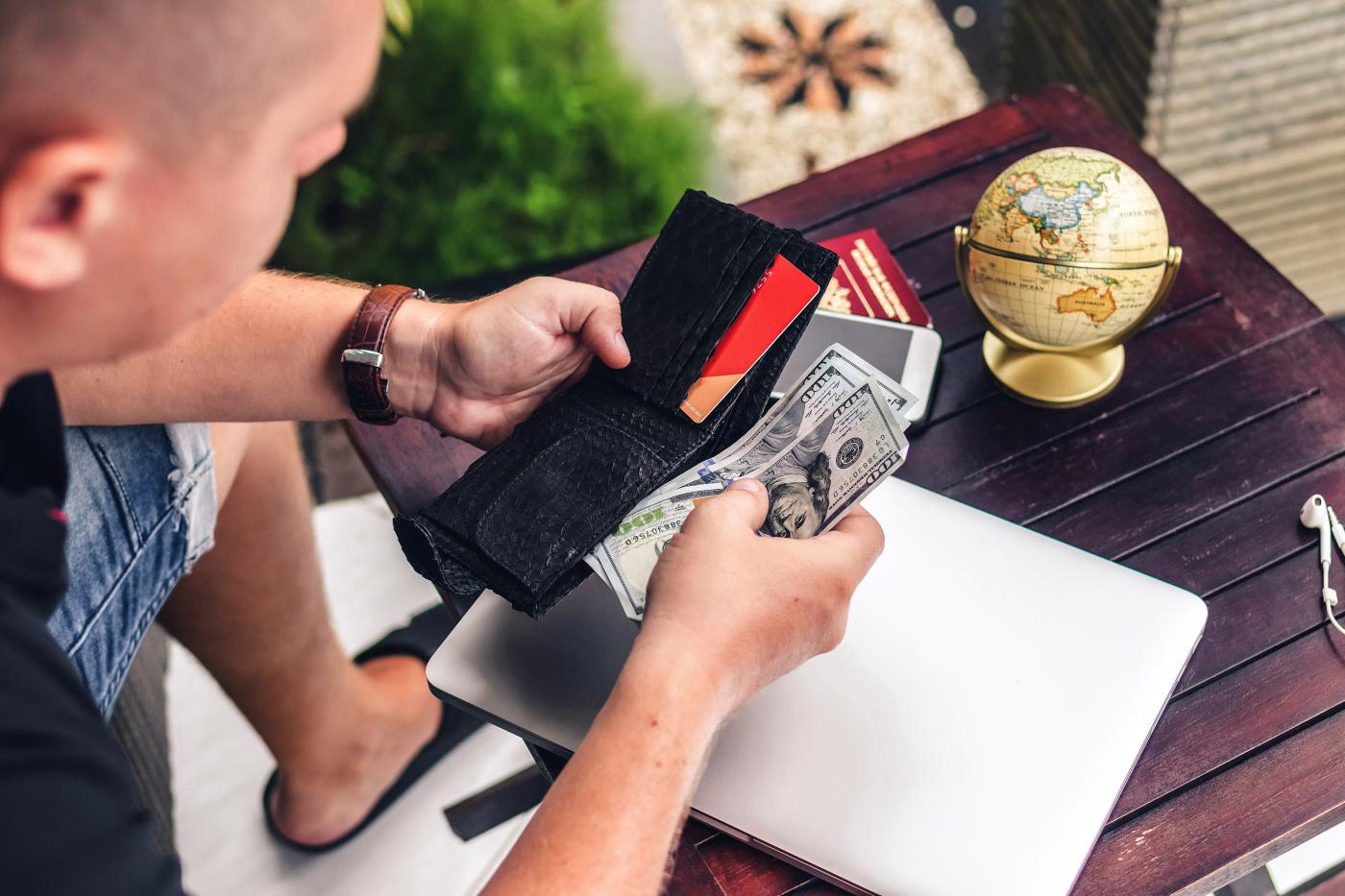
Some people believe that all financing is evil and that it’s foolish not to pay cash up front for all of your needs. Logically, you can understand this argument; after all, if you have never financed anything, you never had to pay interest. Nevertheless, the demands and desires of life don’t always fit neatly into that no-interest box. So, how can you try to minimize interest charges so they don’t bust your budget?
A Personal Loan Versus a Line of Credit
Many people have a credit card they use for everyday purchases such as gas, groceries, incidentals, etc. Cards are convenient to carry, almost universally accepted, and often come with perks. But when you slap a large purchase on your card, you may not have enough cash in the bank to pay it off the next month. If that’s the case, you probably will continue to make the same or similar monthly payment, but now your balance is a permanent fixture. As other purchases are made with the card, the balance becomes a melting pot of charges, stewing month after month!
Your visibility to that large charge made six months ago and how it is being paid down is virtually non-existent. All you really see is the “balance due” and have no idea how much interest has incurred for that purchase, let alone how much will be incurred going forward.
A personal loan, on the other hand, provides you a fixed payment for a specific period of time. After the last payment, you owe nothing more for that purchase. It’s clear, visible, and certain.
The Differences in Financing Charges
When you take out a loan for a large purchase, you know what the interest rate is and the length of time you have to pay off the loan. You also know exactly what your monthly payment will be to pay it off as scheduled. This makes the maximum cost for financing that purchase transparent to you.
A credit card, on the other hand, is variable. Yes, if your credit is really good, you may receive a promotional period of 0% interest. But, for most consumers, those promotions either don’t exist or last for only a short period of time. After that period ends, the interest rate shoots up.
Credit card interest rates are usually tied to a floating index, such as the prime rate. This means as interest rates fluctuate, so does your credit card interest rate. In practice, few people look at the interest rate being charged each month on their credit card statement. If they did, they may be surprised to see how much it varies!
Keeping a Lid on Finance Charges
The benefit of a fixed rate personal loan is that it has an established, known interest rate. Also, as with a credit card, you can pay more each month or in a lump sum to pay the loan off early, with no pre-payment penalty. On a three-year, $5,000 loan with an interest rate of 14.99%, paying off twelve months early can save you $160 in interest charges.
Unless you have serious discipline and can pay off your credit card debt each month, you will likely pay more in interest charges over time by charging with a credit card rather than with a personal loan.
So, the next time you need to finance a large purchase, before reaching for the credit card, ask the store about their in-store financing options. You may be doing your wallet a favor.